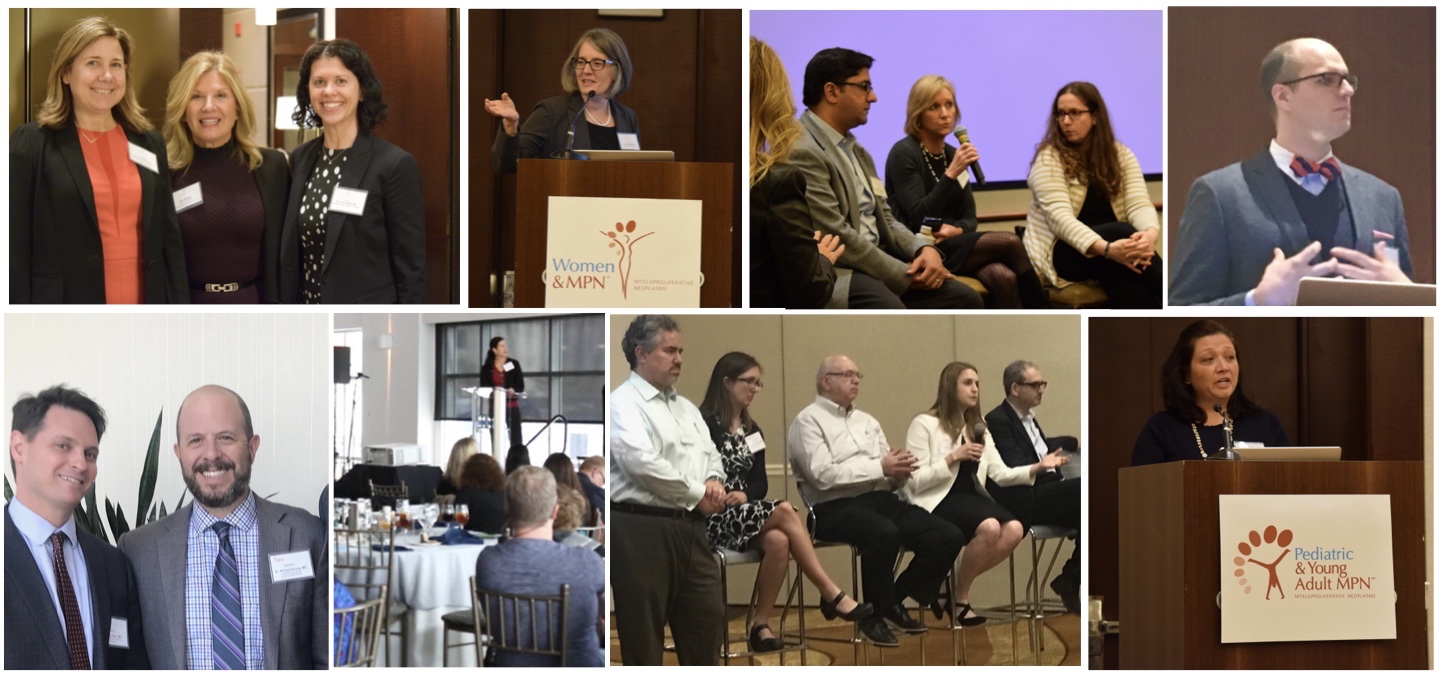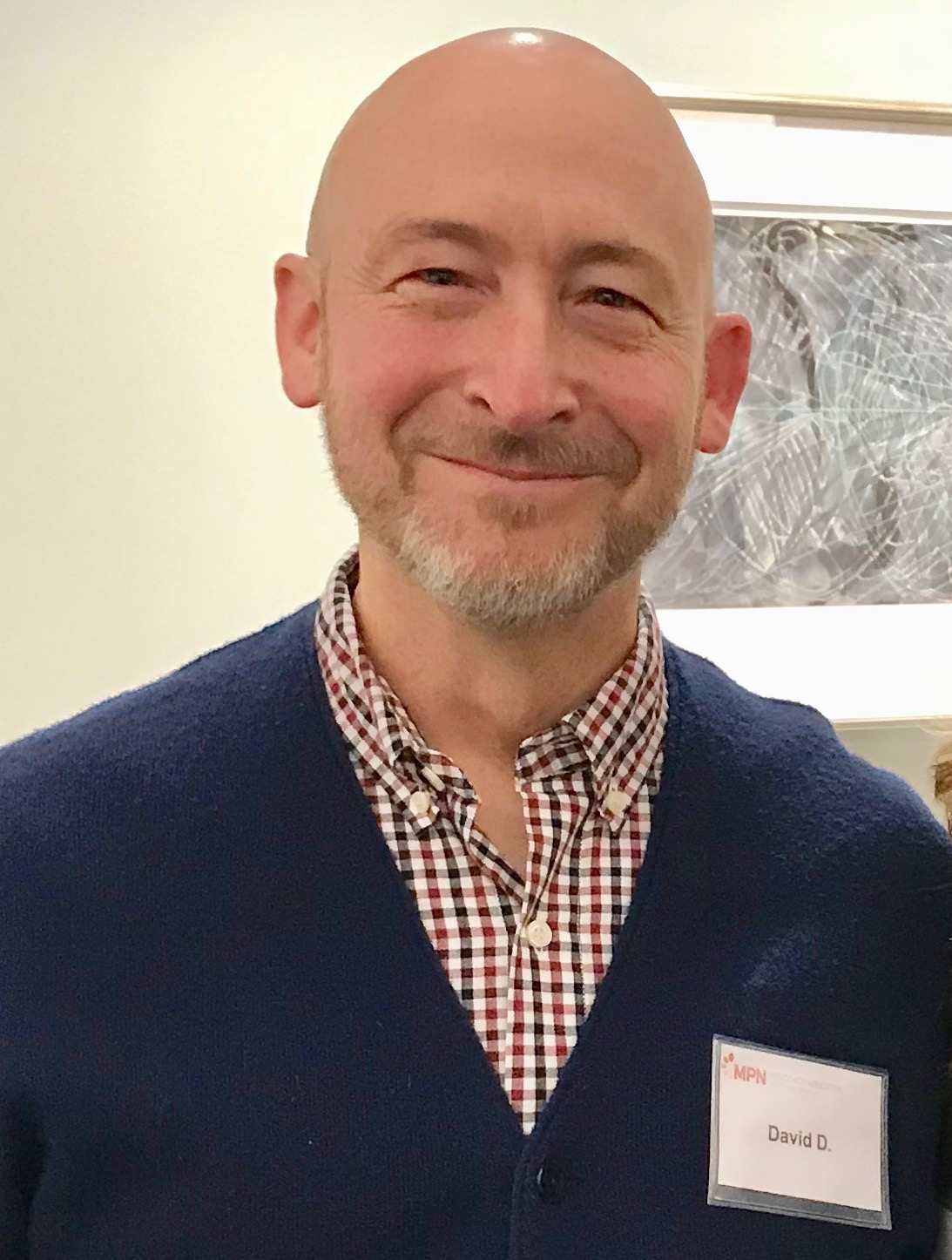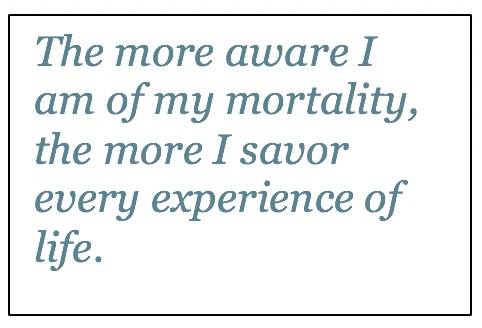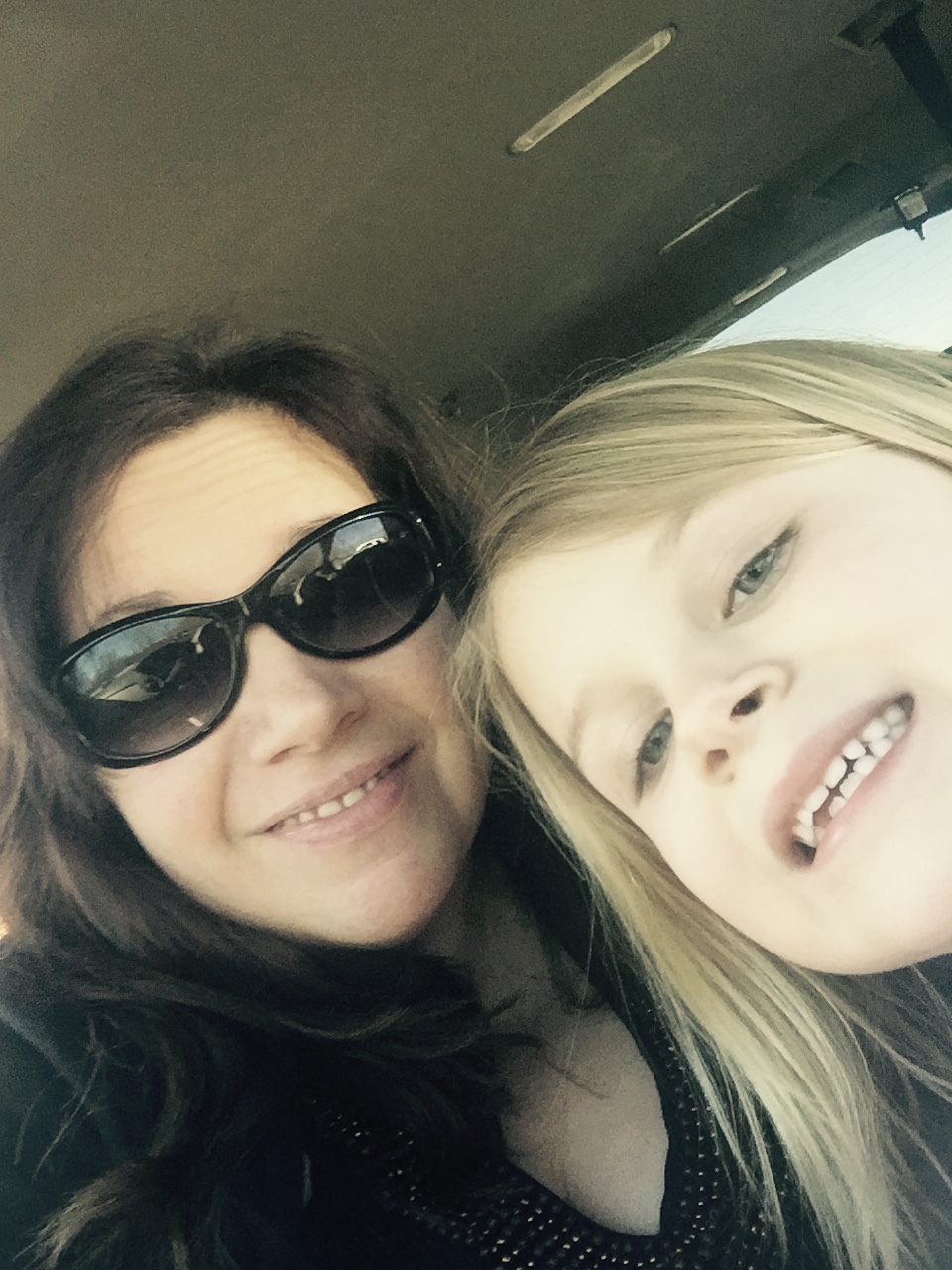 In 1992, I was a Technical Service Representative for a major chemical company, working with clinical laboratories, when I learned through my yearly medical checkup that my platelet count was significantly elevated. A CBC confirmed what I suspected, essential thrombocythemia (ET). “Enjoying” the first of many bone marrow biopsies proved the diagnosis to be correct. I met with a pathologist friend and he explained the prognosis. Except for the elevated platelets I had no other symptoms.
In 1992, I was a Technical Service Representative for a major chemical company, working with clinical laboratories, when I learned through my yearly medical checkup that my platelet count was significantly elevated. A CBC confirmed what I suspected, essential thrombocythemia (ET). “Enjoying” the first of many bone marrow biopsies proved the diagnosis to be correct. I met with a pathologist friend and he explained the prognosis. Except for the elevated platelets I had no other symptoms.
Fast forward to 2004. I’m having bloodwork checked by a hematologist prior to minor surgery. I still had no physical symptoms of a myeloproliferative disease. He came back into the waiting room and announced, “You have morphed into myelofibrosis.” I didn’t want to believe it, but I knew as a certified medical technologist, MT(ASCP), that the cells don’t lie! Years of nervous waiting followed, until in 2009 I began to experience terrible pruritis and increasing fatigue. It was time to move to the next step.
I checked with Mayo Clinic in Scottsdale, Dr. Reuben Mesa, and with M.D. Anderson in Houston, Dr. Srdan Verstovsek. Sure enough, the myelofibrosis was progressing and I was positive for the JAK-2 mutation. “Dr. V” told me that a new Phase III study was to start, and that an oncologist/hematologist in San Antonio was enrolling in the study. That was good news. San Antonio was much closer to home!
I found my hero, Dr. Roger Lyons, now retired. After more bloodwork, more bone marrow biopsies, he thought I was a good candidate for the Comfort I study, the first Phase III ruxolitinib study. It was of course a doubleblind study, but by the third week of the study I knew that I had not drawn a placebo! The itching began to cease and I felt normal. I stayed in the study through completion, and continued on what came to be called Jakafi for quite a while after. It was a miracle! The first drug successfully developed to treat myelofibrosis!
Then there was a problem. In 2018, I began to develop growths on my nose. No one suspected it had anything to do with Jakafi. When every dermatologist had exhausted the list of probable diagnoses, Dr. Lyons gave permission to discontinue the Jakafi to see what would happen. Again, as when I started ruxolitinib, I knew very quickly that Jakafi was the culprit. Not good news, but the positive effects of the Jakafi stayed with me for over two years. Luck is really on my side.
Pruritis began anew in 2020, my white blood count had begun to increase, and Dr. Lyons had retired, but fortune smiled again. Dr. Mesa, who I’d seen years ago at Mayo Clinic Scottsdale, had come to the University of Texas Health Science Center San Antonio as the head of a new partnership with M.D. Anderson Cancer Center. As my new doctor he suggested we try Jakafi again and adjust the dose as required. Now I take 20 mg Jakafi daily. I’m feeling well, considering my 82 years.


 By Dave D.
By Dave D.
 No one can prepare you for a cancer diagnosis of a child. Our daughter was four years old and began to complain about headaches. I assumed it was her eyes and made an appointment with an optometrist. Her sight was perfectly normal. A visit to her pediatrician lasted an hour with little insight, only suggestions to watch her diet, limit TV time and give her lots of water. She rarely watched TV and carried water with her throughout the day. Our diet doesn’t include sugar except from fresh fruit and we don’t eat boxed or canned food. I wasn’t optimistic. Eventually, her headaches became more severe on occasion, similar to migraines. We were sent to a neurologist. He requested blood work after she underwent an MRI. Thankfully, the blood work identified the problem-ET or essential thrombocythemia. We had never heard of it and had no idea what this meant for the future. A hematologist became our savior. With the proper diagnosis and medication, our daughter began to feel better, albeit a few side effects from the meds. Yogurt is a staple to help with GI issues, and a nap and early bedtime help fatigue. Yes, our little girl had what I would call fatigue. Our lives have changed but we do not let her ET control us. We control her ET. We manage her diagnosis as part of our daily lives as we would manage any other chronic disease. That is not to say it’s been easy. We have our moments of fear and doubt, but that doesn’t last as long as it used to. We keep very good records of her doctor visits, her blood levels and her overall health. We ask how she is feeling and pay attention to any changes that could be due to her ET. She is now 12 and enjoying a normal childhood. We are looking at Interferfon as a possible “next protocol,” if we think it will be better for her. We stay informed and are very pleased to see all of the clinical trials and new drugs on the horizon. It’s easy to say don’t panic if your child is diagnosed with an MPN. I would simply say, gather the facts, stay informed, be the voice they cannot be, and remember to take good care of yourself.
No one can prepare you for a cancer diagnosis of a child. Our daughter was four years old and began to complain about headaches. I assumed it was her eyes and made an appointment with an optometrist. Her sight was perfectly normal. A visit to her pediatrician lasted an hour with little insight, only suggestions to watch her diet, limit TV time and give her lots of water. She rarely watched TV and carried water with her throughout the day. Our diet doesn’t include sugar except from fresh fruit and we don’t eat boxed or canned food. I wasn’t optimistic. Eventually, her headaches became more severe on occasion, similar to migraines. We were sent to a neurologist. He requested blood work after she underwent an MRI. Thankfully, the blood work identified the problem-ET or essential thrombocythemia. We had never heard of it and had no idea what this meant for the future. A hematologist became our savior. With the proper diagnosis and medication, our daughter began to feel better, albeit a few side effects from the meds. Yogurt is a staple to help with GI issues, and a nap and early bedtime help fatigue. Yes, our little girl had what I would call fatigue. Our lives have changed but we do not let her ET control us. We control her ET. We manage her diagnosis as part of our daily lives as we would manage any other chronic disease. That is not to say it’s been easy. We have our moments of fear and doubt, but that doesn’t last as long as it used to. We keep very good records of her doctor visits, her blood levels and her overall health. We ask how she is feeling and pay attention to any changes that could be due to her ET. She is now 12 and enjoying a normal childhood. We are looking at Interferfon as a possible “next protocol,” if we think it will be better for her. We stay informed and are very pleased to see all of the clinical trials and new drugs on the horizon. It’s easy to say don’t panic if your child is diagnosed with an MPN. I would simply say, gather the facts, stay informed, be the voice they cannot be, and remember to take good care of yourself.

